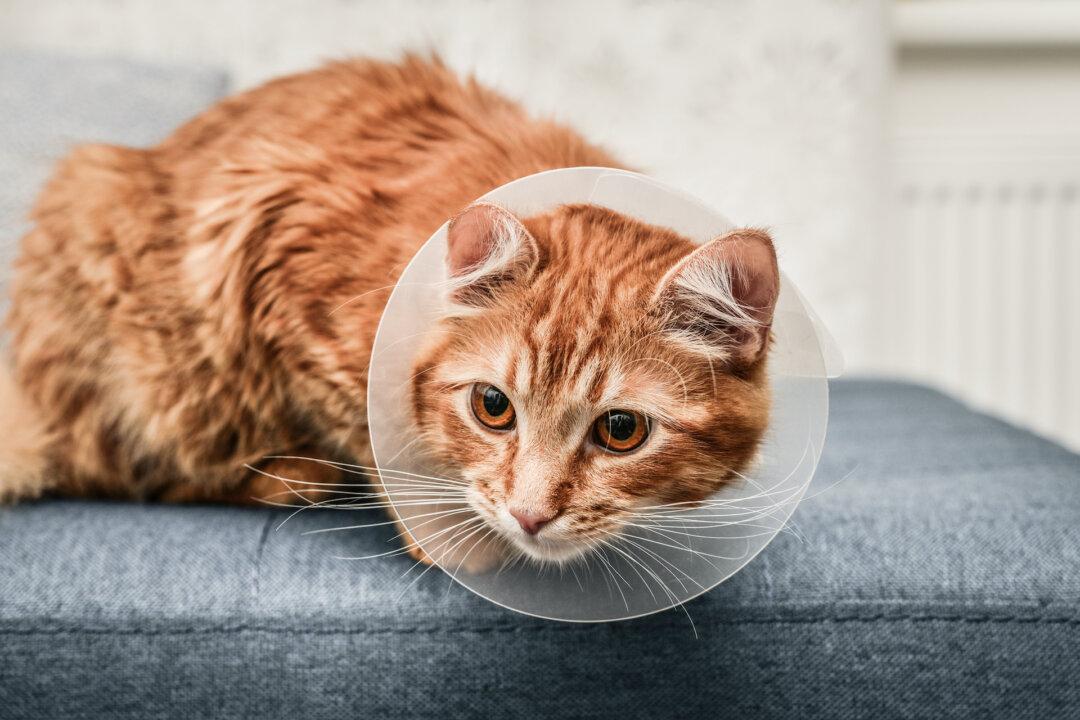Q: While hunting, I accidentally shot my dog, Buck, with lead shot. He seems to be OK, but I’m worried he might develop lead poisoning and die. I’m too embarrassed to take him to the veterinarian, so I'd appreciate your advice.
A: Take Buck to his veterinarian, who has undoubtedly seen dogs and cats with similar injuries. At the very least, Buck is probably in pain, as you would be if you'd been shot, so he needs immediate care.





